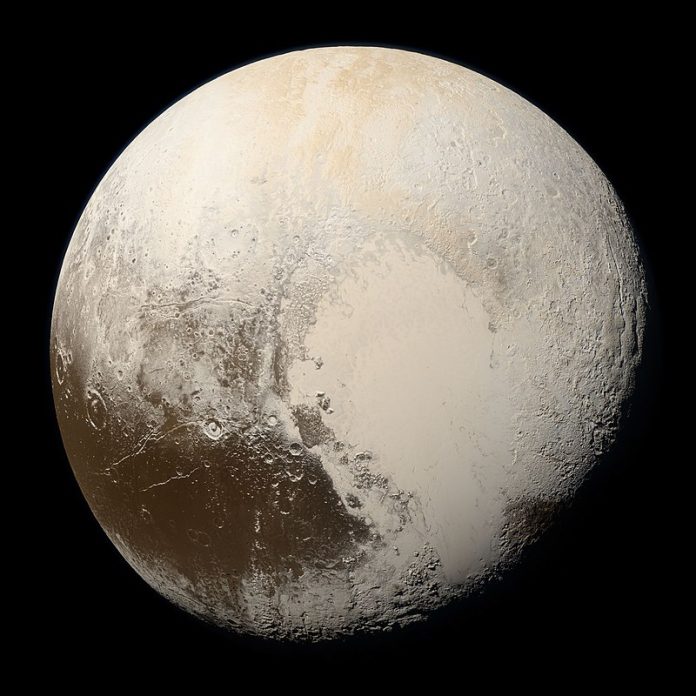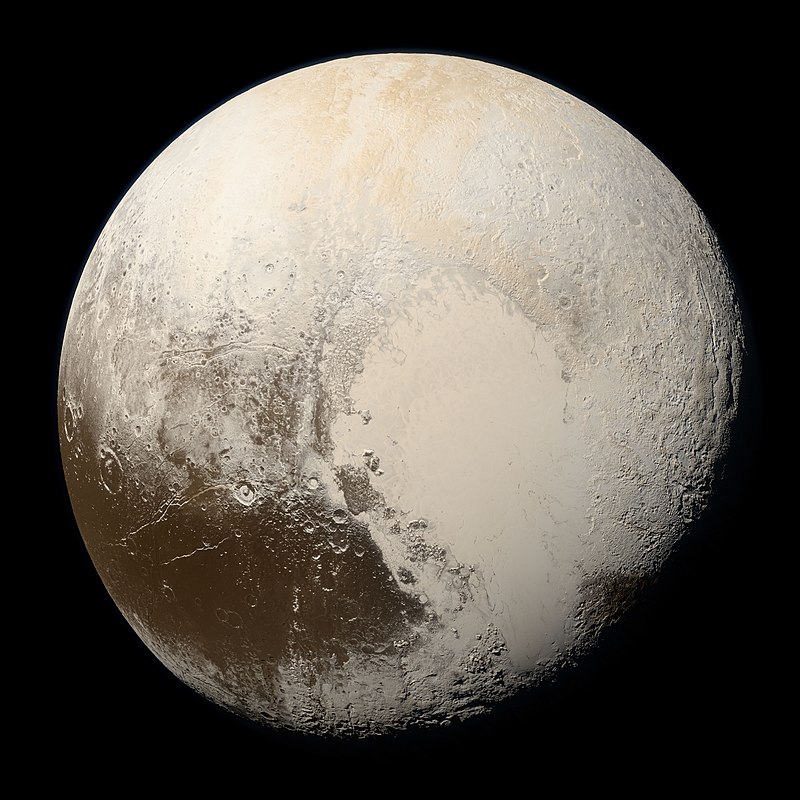
What is a planet? In 2006, the absence of one criterion stripped Pluto of its planetary status, sparking a dispute that still disturbs astronomers and the public. But under the issue of classification lies a richer, more intriguing narrative which unfolds from a chilly Arizona observatory to the stunning meeting of a space probe at the boundary of the solar system.

1. The Search for Planet X
The quest for the discovery of Pluto began with Percival Lowell’s pre-20th-century search in the early 20th century for a ninth planet. Lowell’s calculations, based on perturbations in the orbits of other planets, arrived at the conclusion that there had to be “Planet X.” Lowell died in 1916 without completing the search, but in 1929, Clyde Tombaugh, a 23-year-old from Kansan, picked up where Lowell left off at Lowell Observatory. With a blink comparator a machine that quickly switched between photographic plates taken nights apart Tombaugh systematically searched for moving objects. In February 1930, he saw a faint dot moving against the background stars. Confirmations were received, and Pluto was announced to the world on March 13, 1930.

2. Naming the Underworld
Lowell Observatory was flooded with over 1,000 name suggestions for the Underworld. The successful name was Venetia Burney, an eleven-year-old Oxford, England girl who had suggested “Pluto” after the Roman god of the underworld. The suggestion struck not just for its depth of mythology, but also for the darkness and distance of the new world. Its five moons Charon, Nix, Hydra, Kerberos, and Styx would subsequently follow the same underworld theme, with each filled with ancient Greek and Roman myth, from ferryman of souls to ferocious guardians.

3. The Long Reign as Ninth Planet
Pluto held the books and the mnemonics “My Very Educated Mother Just Served Us Nine Pizzas” as the outermost and smallest planet for years. Its average distance from the Sun is 3.7 billion miles and it is roughly half the size of the United States, having an extremely elongated orbit which brings it occasionally within the orbit of Neptune. Its methane, nitrogen, and carbon monoxide atmosphere envelops a -378 to -396-degree Fahrenheit ice surface.

4. The 2006 Demotion
The International Astronomical Union put the new definition of the term “planet” in 2006 as it had three criteria orbit around the Sun, massive enough to become spherical in shape, and “clearing the neighborhood” around other objects. Pluto had the first two but not the third because it shared its orbital domain with the Kuiper Belt objects. By a majority vote in Prague, Pluto was a “dwarf planet.” Caltech astronomer Michael Brown, whose work helped trigger the make-over, reported he received “angry e-mails from schoolchildren and some obscene calls.”
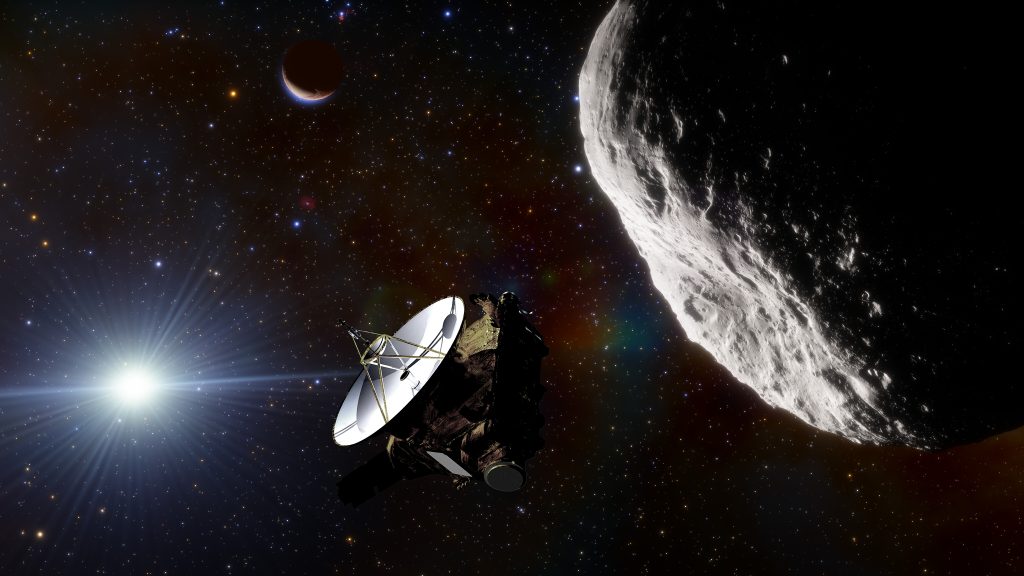
5. New Horizons: A Revolution in Understanding
On July 14, 2015, NASA’s New Horizons spacecraft flew past Pluto at 7,800 miles, transforming it from a distant point to a world of massive mountains, vast ice plains, and active geology. The flyby mission unveiled Sputnik Planitia, a Texas-and-Oklahoma-sized nitrogen glacier whose massive weight has tilted Pluto’s spin axis through true polar wander. Below its icy surface lies proof of a liquid water ocean, placing Pluto in the exclusive league of “ocean worlds” alongside Europa and Enceladus.

6. A Violent Origin and ‘Kiss and Capture’
Pluto’s ocean, as per the existing research, could have existed since its creation. A paper, by Carver Bierson, demonstrates a violent, explosive accretion that produced enough heat to maintain liquid water from the very beginning. Yet another team, led by Adeene Denton, used high-performance simulations to test the Giant Impact Hypothesis of Pluto and Charon formation. Their “kiss and capture” model has the two ice worlds colliding very gently today without ever being shattered apart, stuck together for a moment before separating into the binary system that exists today. Internal warming may have been powered by tidal friction from this early waltz and helped to maintain the life of Pluto’s ocean.
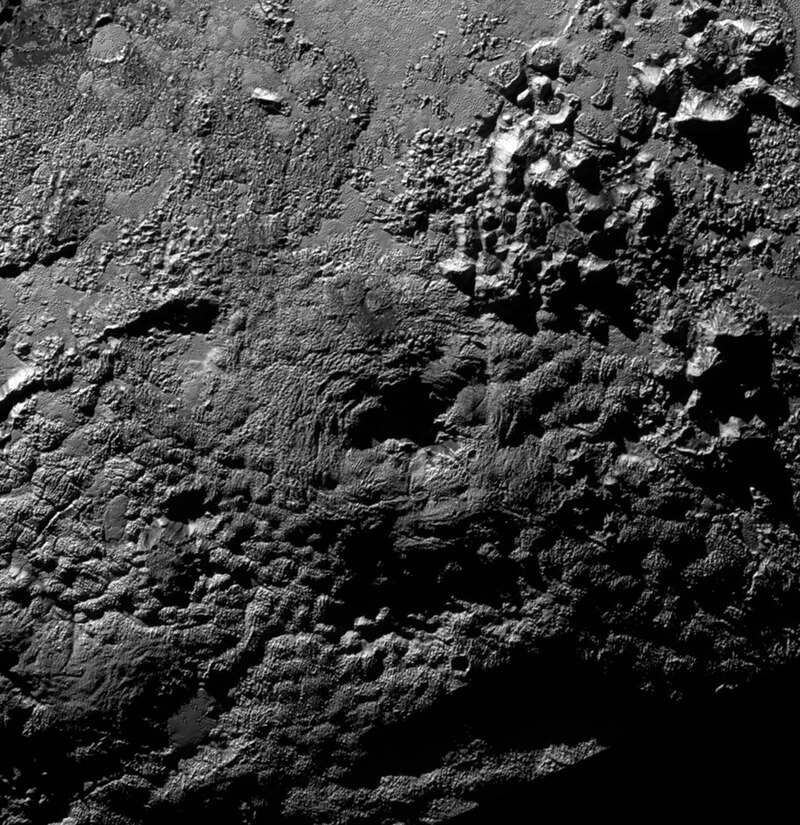
7. Cryovolcanoes and Glacial Dynamics
Wright Mons and Piccard Mons giant mountains likely built by cryovolcanism, with frozen water-ammonia mixtures erupting to the surface were seen in New Horizons images. Ammonia-rich flows covered thousands of square kilometers in Viking Terra and Virgil Fossae, some perhaps a billion years ago. Pluto’s ice glaciers, made up mostly of nitrogen ice, continue to sculpt valleys and move water-ice “icebergs,” powered by recurring cycles of sublimation. In Sputnik Planitia, polygonal convection cells are swirling as heat migrates out of the interior, a process that is unlike anything else in the solar system.
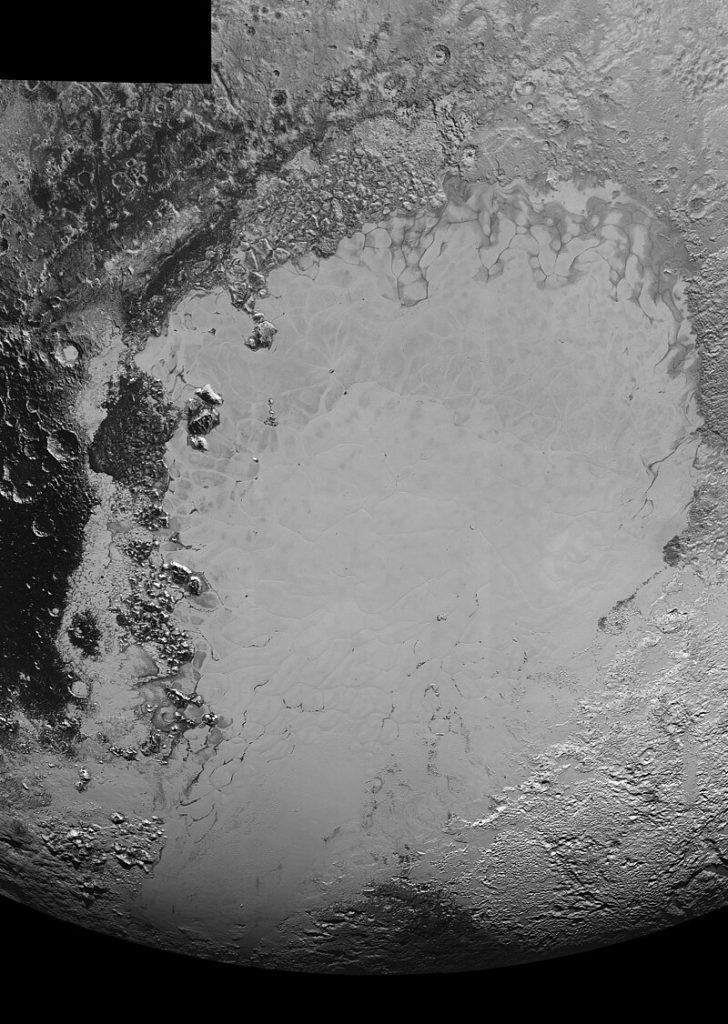
8. Winds, Dunes, and Atmospheric Control
Pluto’s “heartbeat” in Tombaugh Regio powers atmospheric circulation. Nitrogen sublimates during the day and recoalesces at night, creating 20-mph winds. The winds have shaped methane-ice dunes along the western margin of Sputnik Planitia features needing fine particles and persistent airflow, even in Pluto’s thin atmosphere.
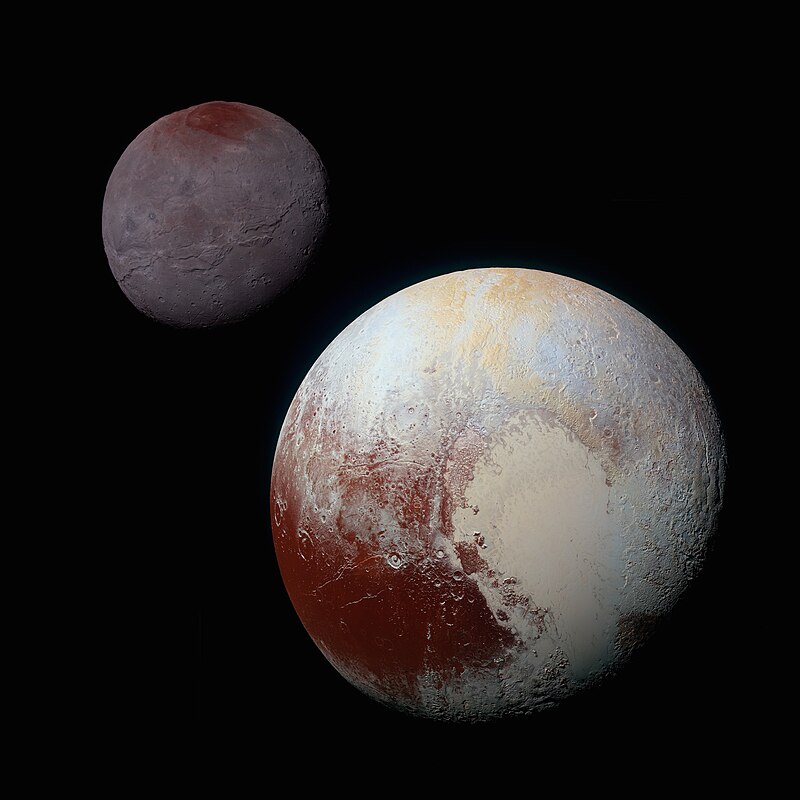
9. Frail Cratering and Kuiper Belt Clues
One of the New Horizons surprises was the lack of small craters on Pluto and Charon. This reflects a lack of small Kuiper Belt objects, refining solar system formation models. “Each time we visit a new part of the solar system, we discover surprises that contradict existing theories,” explained Southwest Research Institute’s Kelsi Singer.
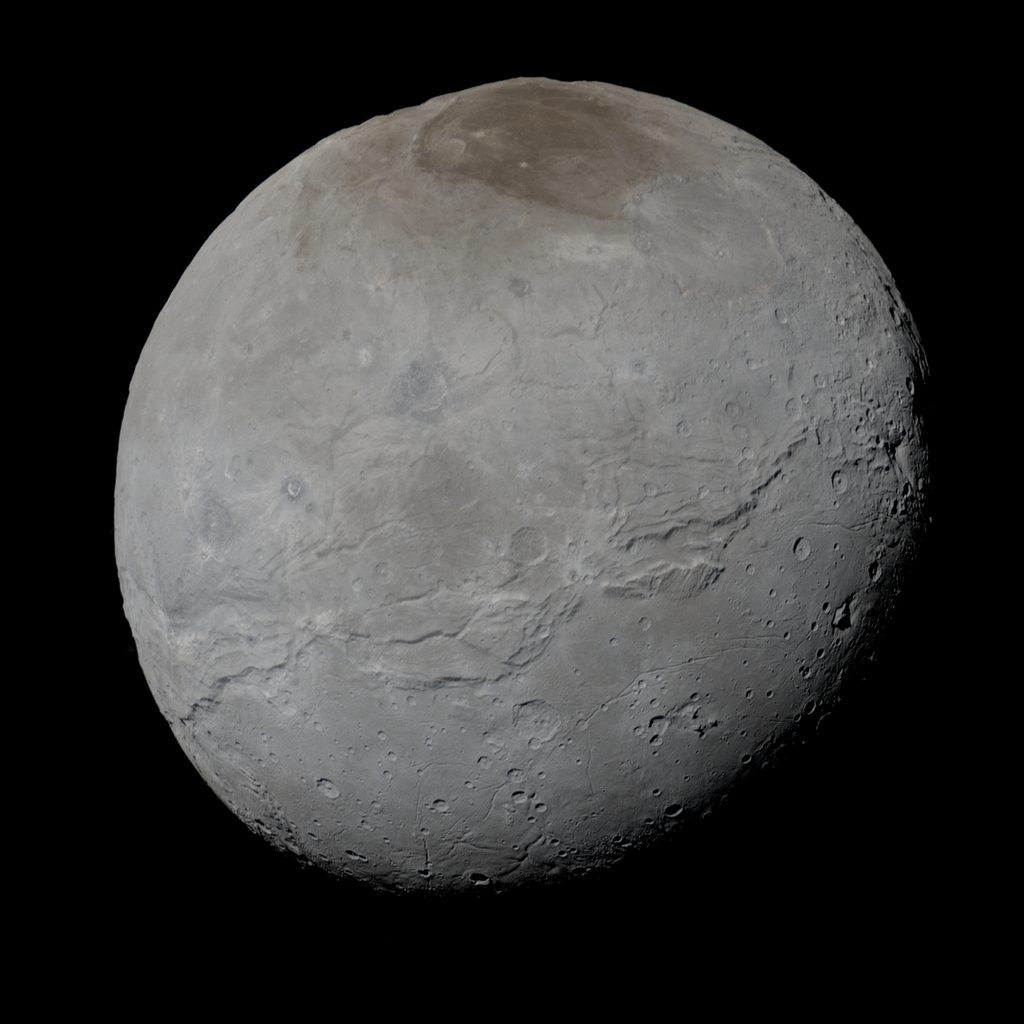
10. Charon’s Volcanic Past
Charon’s surface still shows signs of initial cryovolcanism. The Vulcan Planitia in the south big plain was probably created by flows of cryolava, and the tectonic extension caused the irregular north Oz Terra. They are comparable to volcanic processes elsewhere in icy moons and make Charon an interesting comparative model for planetary scientists.
From a diligent photographic search in 1930 to a flyby spacecraft discovery, Pluto’s history has been one of perseverance, technical progress, and scientific evolution. Whether or not it is a planet or dwarf planet, it is one of the solar system’s most dynamic and interesting worlds.
